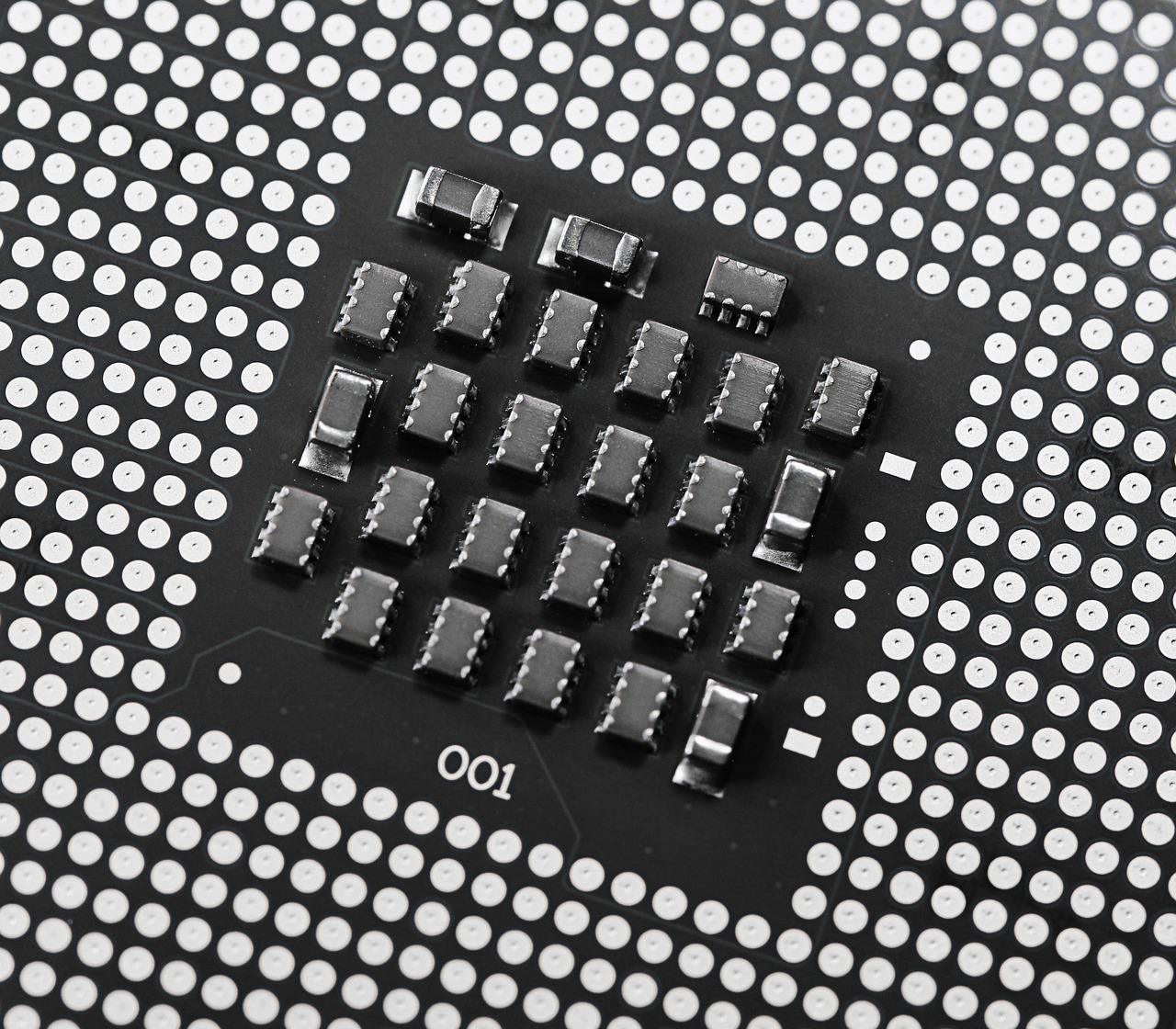The Dawn of Photonic Computing: Shining Light on the Future of Processing Power
In the world of advanced technology, there's always something new on the horizon. Out of the blue comes a concept so innovative, it has the potential to redefine how we look at computing. Enter the realm of photonic computing, where light replaces electricity to power our computers.

The Genesis of Photonic Computing
Photonic computing, or optical computing, has its roots in the late 1960s, when researchers first began to explore the concept of using light—specifically, photons—instead of electrons for computing tasks. The concept was simple in theory but challenging to implement, with the necessary technology still several decades away. However, the potential advantages of photonic computing, such as faster speeds and lower energy consumption, kept the idea alive.
The Breakthroughs That Made It Possible
Fast forward to the 21st century, and we’re starting to see the concept become a reality. Significant advancements in photonics and nanotechnology have paved the way for the development of optical chips. For instance, in 2019, Intel showcased its first photonic chip, claiming it could potentially revolutionize data center technology by providing faster, more energy-efficient computing.
The Current State of Play
Today, the photonic computing industry is still in its infancy, but it’s moving forward at a rapid pace. Several tech giants like IBM and Intel are investing heavily in this technology. Just recently, in early 2022, Lightelligence, a startup specializing in photonic computing, raised $26 million in funding, which speaks volumes about the growing interest and confidence in this technology.
The Potential Impact on the Market
The introduction of photonic computing could bring about significant changes in the tech market. While it’s difficult to estimate the exact pricing at this stage, it’s likely that the initial products will carry a premium due to the cost of development and production. However, with growing competition and advancements, prices could become more consumer-friendly over time.
From a broader perspective, photonic computing could potentially disrupt the entire tech market, particularly the semiconductor industry. It could lead to the creation of super-fast, energy-efficient computers, revolutionizing industries like data centers, AI, and quantum computing.
The Path Forward
While photonic computing shows immense promise, it’s not without challenges. The technology still needs significant development, and it may take several years before it becomes commercially viable. However, with continuous research and the backing of tech giants, the future looks bright for photonic computing.
As the world continues to push the boundaries of computing power, photonic computing offers a glimpse into an exciting future—a future where light might be the new electricity.





